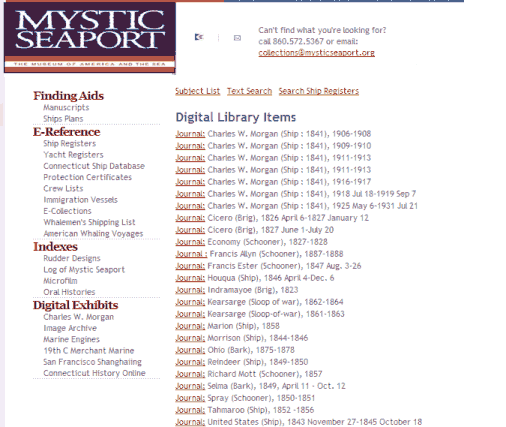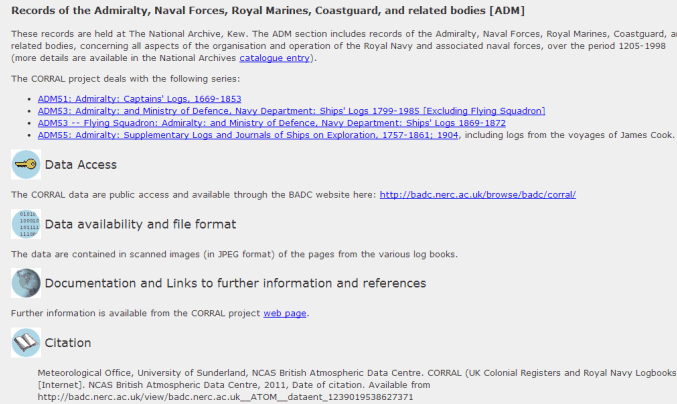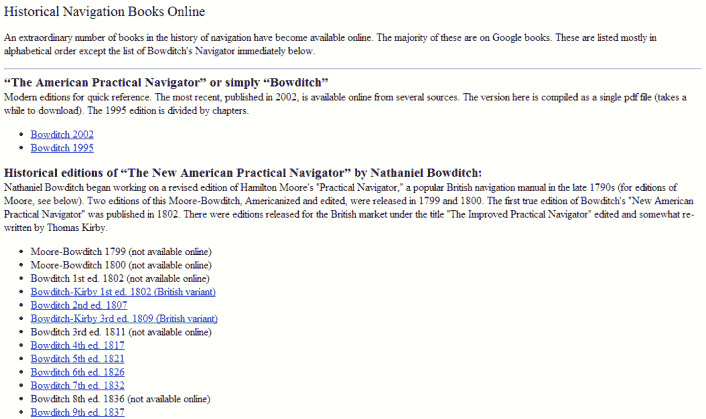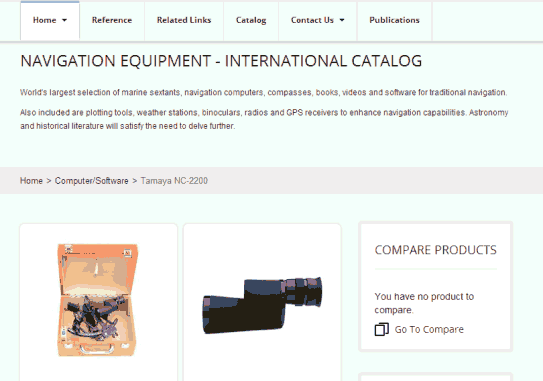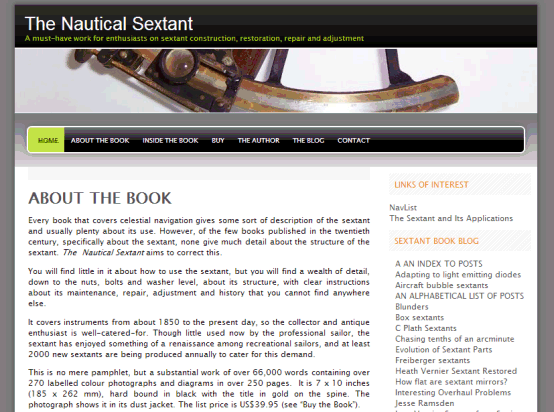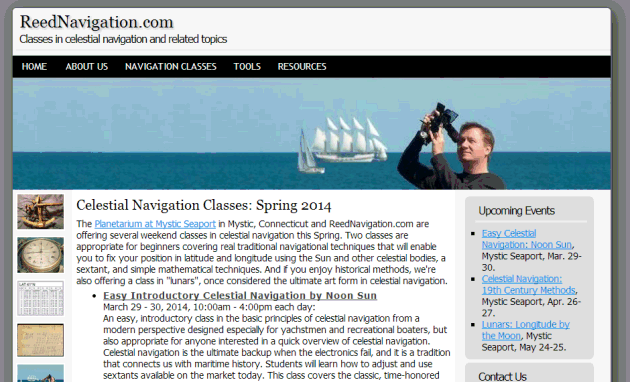
NavList:
A Community Devoted to the Preservation and Practice of Celestial Navigation and Other Methods of Traditional Wayfinding
From: Lars Bergman
Date: 2023 Aug 27, 07:37 -0700
The Åland Maritime Museum, in Mariehamn, Finland, has made a large number of logbooks from sailing vessels available on-line, at
digitaltarkiv.sjofartsmuseum.ax/en
Mariehamn was the home port for a large number of sailing ships in the first half of the last century. Currently available logs are from the period between 1908 and 1949. Unfortunately, nearly all of them are written in Swedish, which is the language used in the Åland Islands. I have found two in English, those of the four masted barque Lawhill for 1944 and 1946. The vessel was then under the flag of South Africa.
Anyway, notes on celestial sights should be rather easy to understand. Chronometer reading and sextant altitude (corrected for index error) are givlen for each sight off the meridian. Chronometer error is generally stated at the top of each page, with the date when it was determined. A plus sign means the chronometer is slow on GMT. The daily rate is also given, a plus sign means losing. The height of eye is sometimes stated on the first page of each voyage, but not always.
A superscript t means hour; capital O means east; mh or MH means meridian altitude; Räkn. means by account.
A good example of a chronometer rating is found in the log of "Woodburn 1921-1922" page 35 (upper right with continuation at the bottom of the page). It reads something like this:
"Monday afternoon 19 December 1921. In sight of the Fernando Noronah Islands. Various works. At 3.30 [pm] took a bearing of The Pyramide in S¼E and the lighthouse on FN in SE½S. Meanwhile, when the chronometer showed 5h27m43.0s the Sun's LL was observed at 36°47.0', log 54.0, from which chronometer number 4911's correction to GMT = +3m33.5s, daily rate -0.5s. Ship's position according to bearings = Lat S3°45.7', Long W 32°27.0'."
Lars

